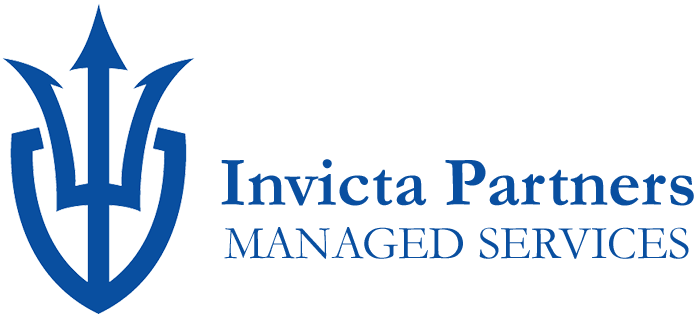Optimizing Healthcare IT for Exceptional Patient Care
Optimizing Healthcare IT for Exceptional Patient Care
The healthcare industry is undergoing a digital revolution. Electronic health records (EHRs), telehealth platforms, and a growing network of connected devices are transforming how healthcare is delivered. However, this digital landscape also presents new challenges, particularly when it comes to information security and operational efficiency. In this blog post, we'll explore how optimizing your healthcare IT can not only safeguard patient data but also empower your staff to deliver exceptional care.
Protecting Your Patients: Combating the Rising Threat of Cyberattacks
Cyberattacks are a growing threat to all industries with healthcare being a prime target due to the sensitive nature of patient data. A successful attack can compromise millions of medical records, leading to financial losses, reputational damage, and even patient harm.
Here are some key strategies for protecting your patients' data:
-
Implement robust cybersecurity solutions: Multi-factor authentication, firewalls, and endpoint security software are essential to prevent unauthorized access.
-
Regular security assessments: Regularly assess your IT infrastructure for vulnerabilities and patch them promptly.
-
Employee training: Train your staff on cybersecurity best practices, including phishing awareness and password hygiene.
-
Partner with a Managed Service Provider (MSP): An MSP can offer comprehensive cybersecurity solutions and expertise to manage your IT security posture.
Streamlining IT Infrastructure: Efficiency for Staff, Better Care for Patients
Outdated IT infrastructure can lead to slow workflows, system crashes, and data silos. This inefficiency can create frustration for staff and hinder the quality of care delivered. Here are some ways to streamline your IT infrastructure:
-
Cloud-based solutions: Cloud computing offers scalability, increased security, and remote access, allowing staff to work more efficiently from anywhere.
-
Modernize legacy systems: Evaluate and upgrade outdated hardware and software to improve performance and reliability.
-
Data integration: Break down data silos and integrate disparate systems to ensure a holistic view of each patient.
Practical Steps for Achieving and Maintaining HIPAA Compliance
The Health Insurance Portability and Accountability Act (HIPAA) mandates the protection of patients' protected health information (PHI). Here are some practical steps to achieve and maintain HIPAA compliance:
-
Develop and implement a HIPAA compliance program: This program should outline your policies and procedures for protecting PHI.
-
Regular employee training: Regularly train staff on HIPAA regulations and best practices.
-
Conduct HIPAA risk assessments: Identify and address potential security risks to patient data.
-
Partner with an MSP: An MSP can provide expertise on HIPAA compliance and help you implement necessary safeguards.
Optimizing healthcare IT isn't just about technology. It's about fostering an environment where your staff can focus on what matters most – providing exceptional patient care. By implementing the strategies outlined above, you can ensure a secure, efficient, and patient-centered healthcare ecosystem.
